15 Fun & Interesting Snow Leopard Facts
Learn all about these majestic furry friends with fifteen PAW-some facts!
Snow leopards are adorable furry big kitties, who live in the cold mountains of central and east Asia and like to spend a lot of time by themselves. They’re not the biggest of big cats, coming in at only an average of five feet – but there’s a lot more to them than that! Do you know why their tails are special, or why they’re good mums? You’re about to find out! For more animal facts, check out some of our other articles – learn all about red pandas, capybaras and meerkats with our fun lists!
1. They’re purr-fectly prepared for the cold
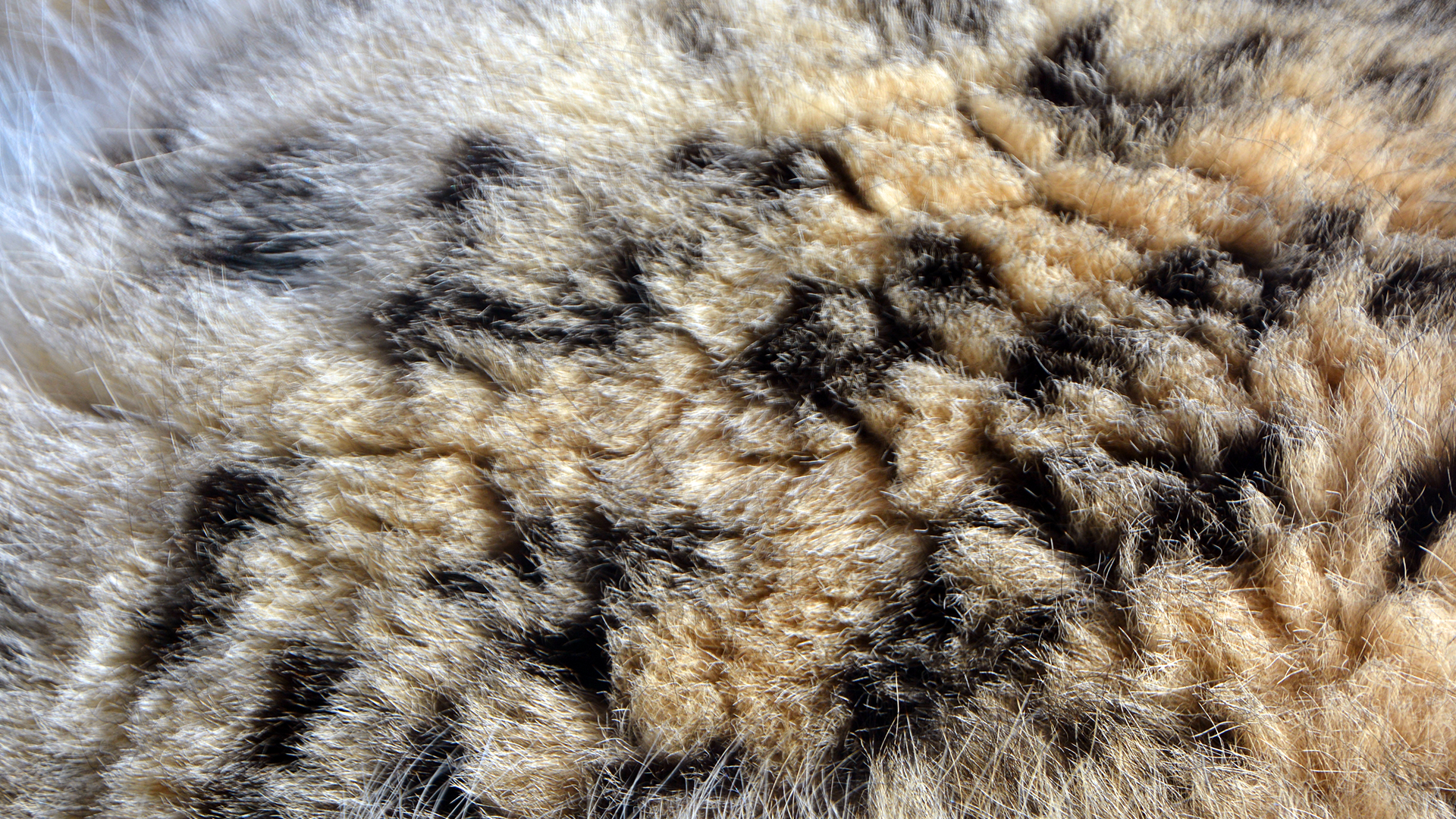
Snow leopards live in the high mountains of East and Central Asia, including China, India, Afghanistan, Nepal, Russia, Mongolia and Pakistan. It gets very, VERY cold in these parts, which isn’t much fun for humans – but it’s absolutely ideal for snow leopards! They have a very nice fluffy coat that keeps them toasty in the mountain snow, and their large paws act as natural snowshoes, distributing their weight over a wider area! Their round, short ears also help to keep their heads warm, as bigger ears would mean more heat loss!
2. They’re not so “ROAR”some!
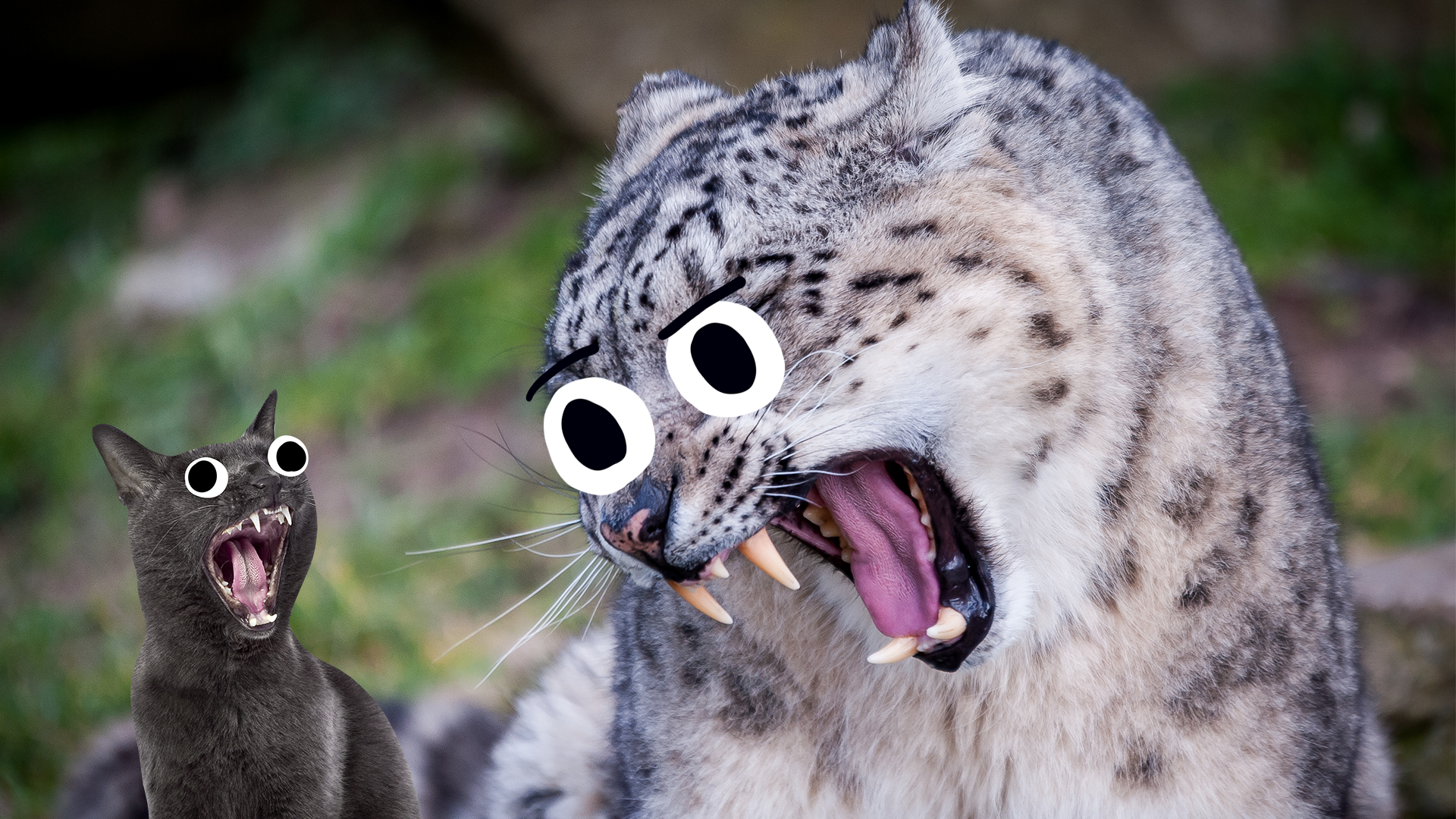
Snow leopards can’t make the mighty roaring sounds that lions and tigers can, because their throats are built differently. They can make yowling and squeaking noises as well as a puffing sound known as a “chuff”.
3. They like to put their tails in their mouths
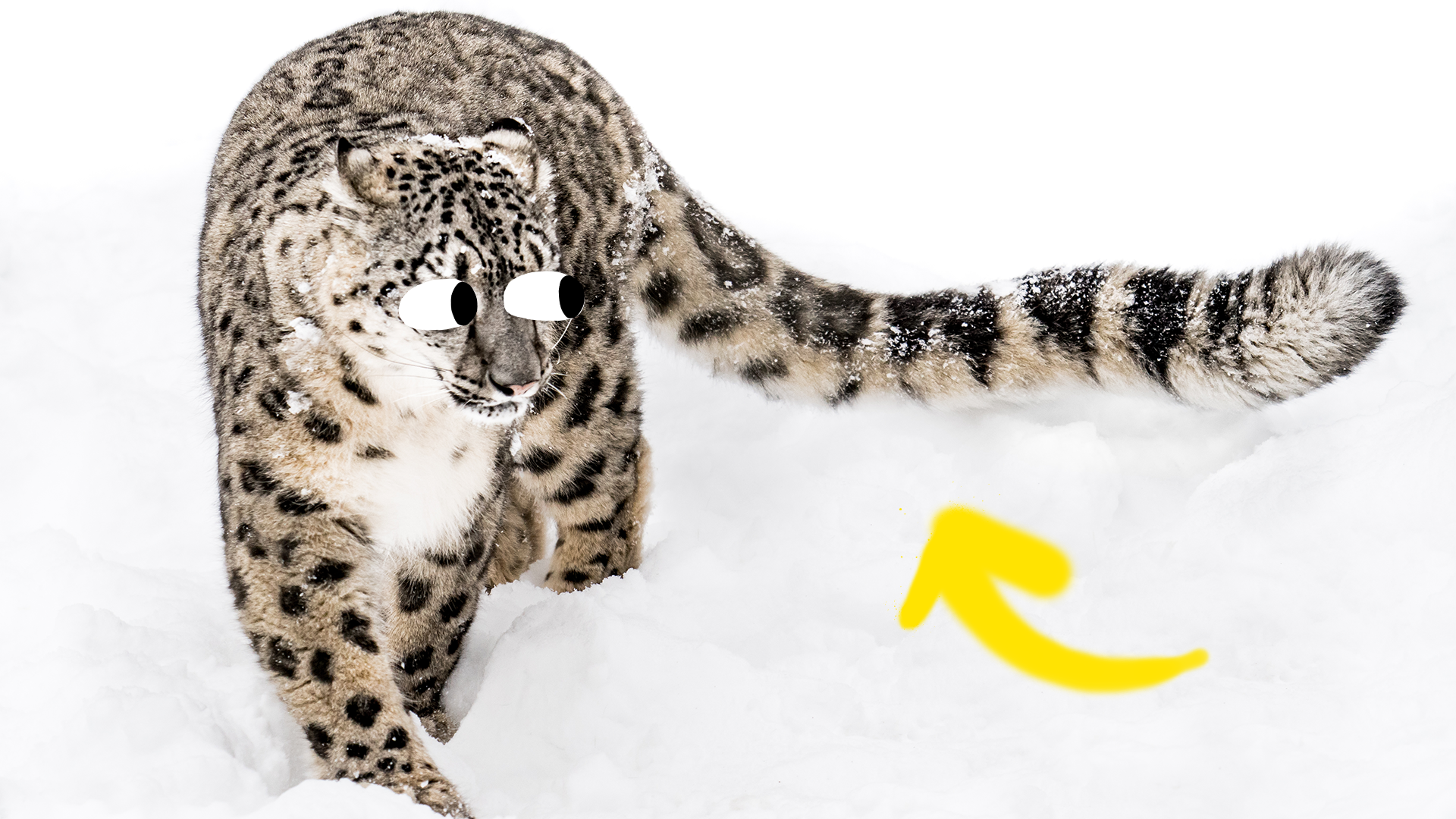
Snow leopards have very long tails, the longest of all cats, that can be the same length as their entire bodies and carry extra fat to help them through the cold winters! They like to put the ends of their tails in their mouths. Not everyone agrees exactly why they do this – it helps to keep their faces warm, but it also might be a form of stress relief, or help to take the weight of their tail off when they’re walking. They also seem to do it just for fun!
4. They’re masters of disguise
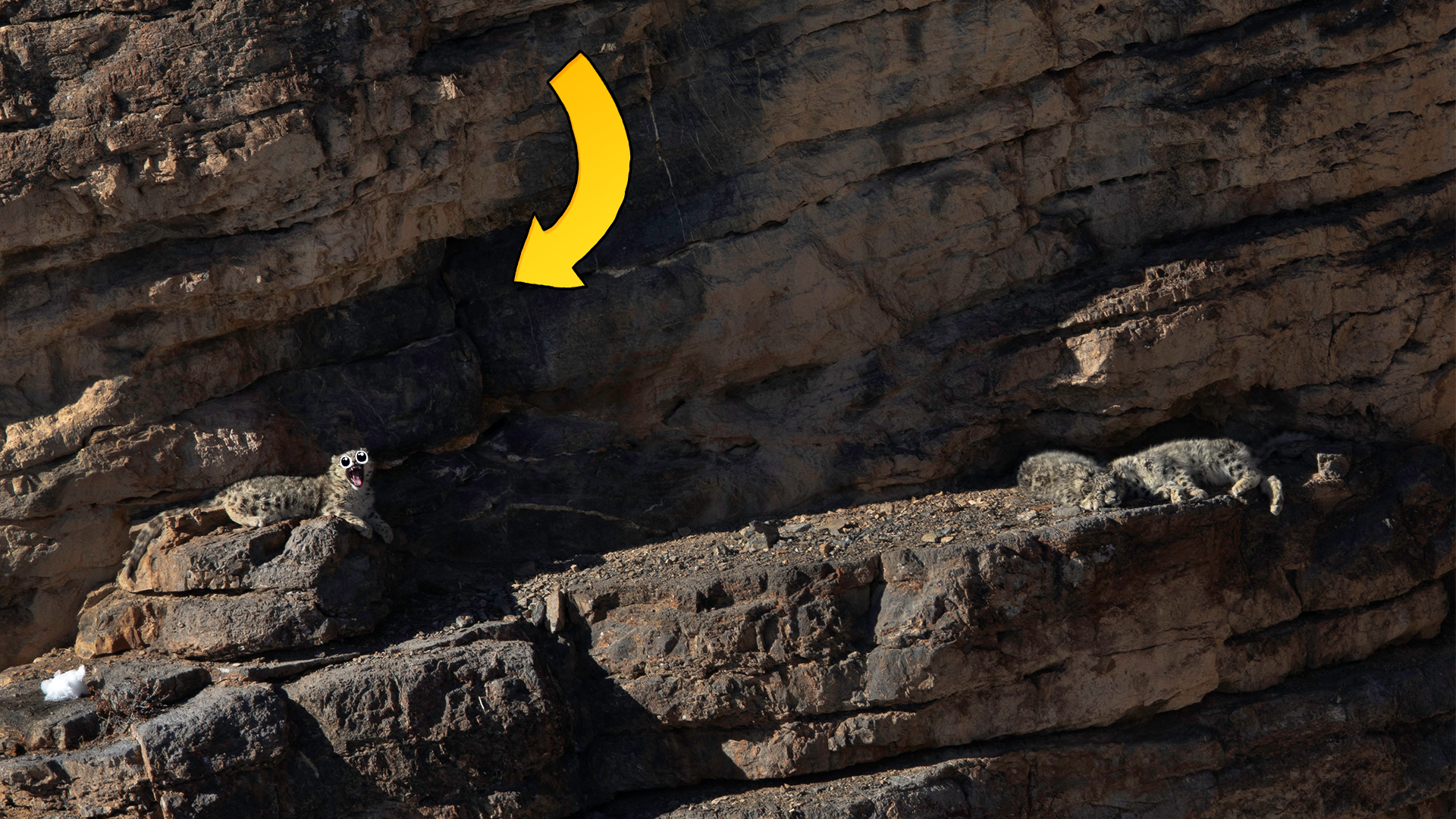
While you’d immediately notice a snow leopard walking down the middle of the high street, they blend into their mountain environments absolutely perfectly. Their stone-coloured fur looks just like rocks among the snow, and their markings appear to shift as they move, making it harder to identify them from a distance. This means they’re great at hiding from potential threats, and also from their prey!
5. They’re “ghosts”
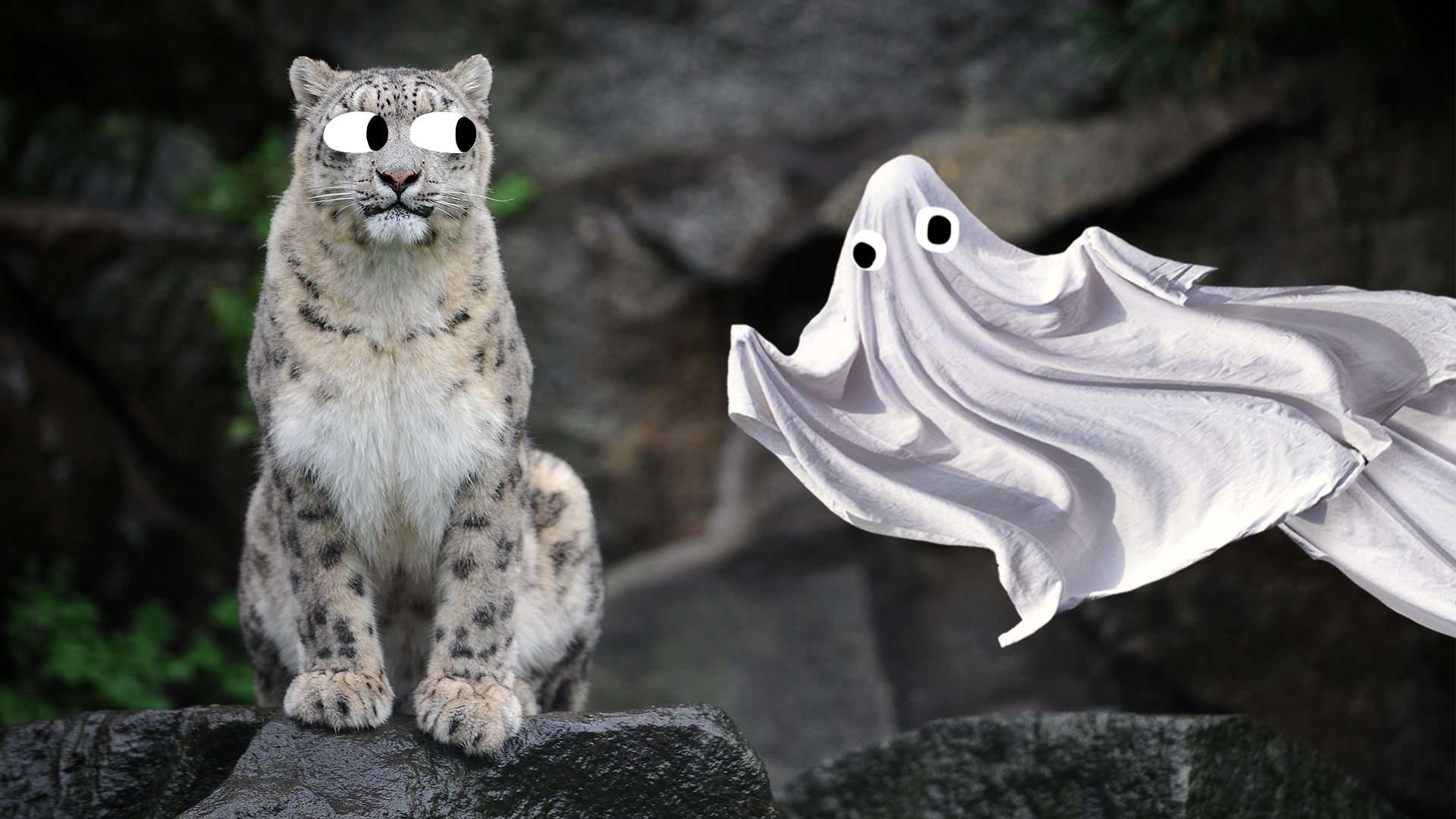
Snow leopards don’t come into contact with humans very often. This is of course partly because they live in high mountains where humans don’t tend to live permanently, but also becauses they like to stay away from danger. This has earned them the nickname “ghost of the mountain”! According to the Snow Leopard Trust there has never been a verified attack on a human by a snow leopard, and they prefer to run away rather than fight if they’re disturbed while eating.
6. They’re also very solitary
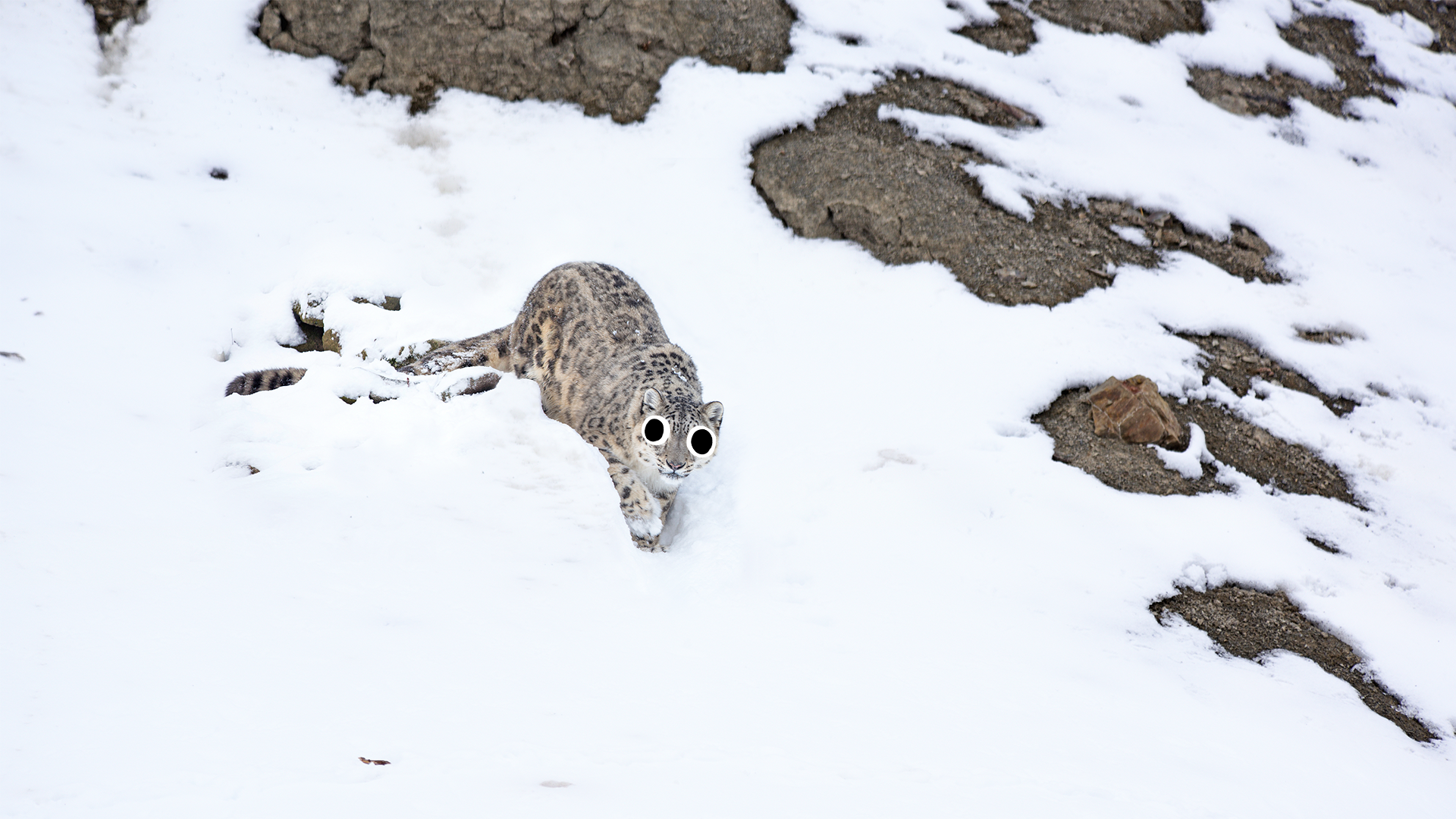
Unlike some felines e.g. lions, snow leopards prefer to spend most of their time alone. Mothers will raise their cubs for about 18 months all by themselves, and adult snow leopards only come together for the mating season. In areas with less prey they can have a living area of up to 1,000 square kilometres, which is very roomy for one animal! They let other snow leopards know their territory using scent markings, which basically mean “this is my hunting area – get out”! They’re also nomadic, though, which means they’ll change their home areas often.
7. They’re crepuscular
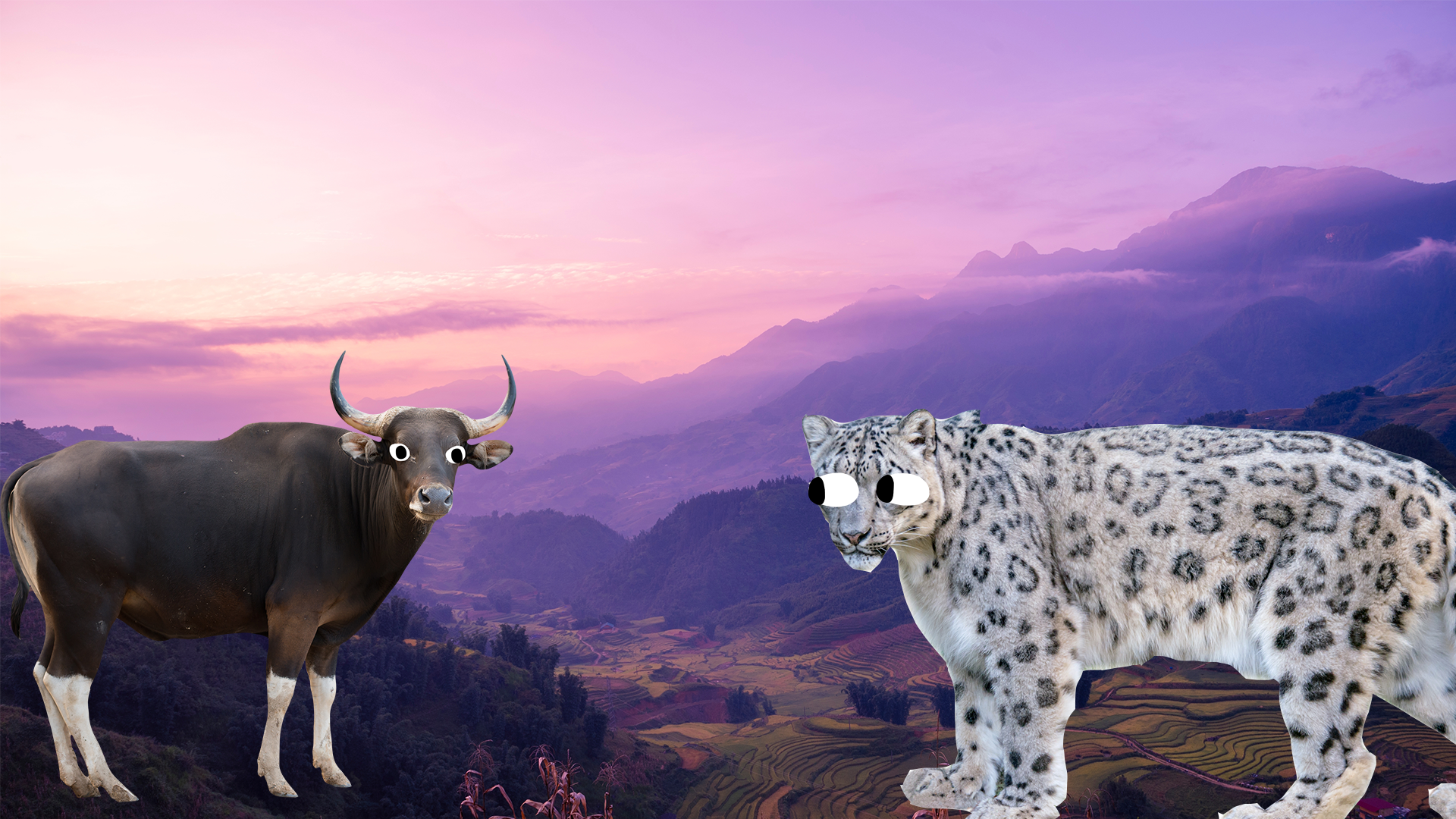
New favourite word! It means they’re at their most active during dawn and dusk, when the light is low. This makes it even easier for them to blend into the environment as they move.
8. They love to walk
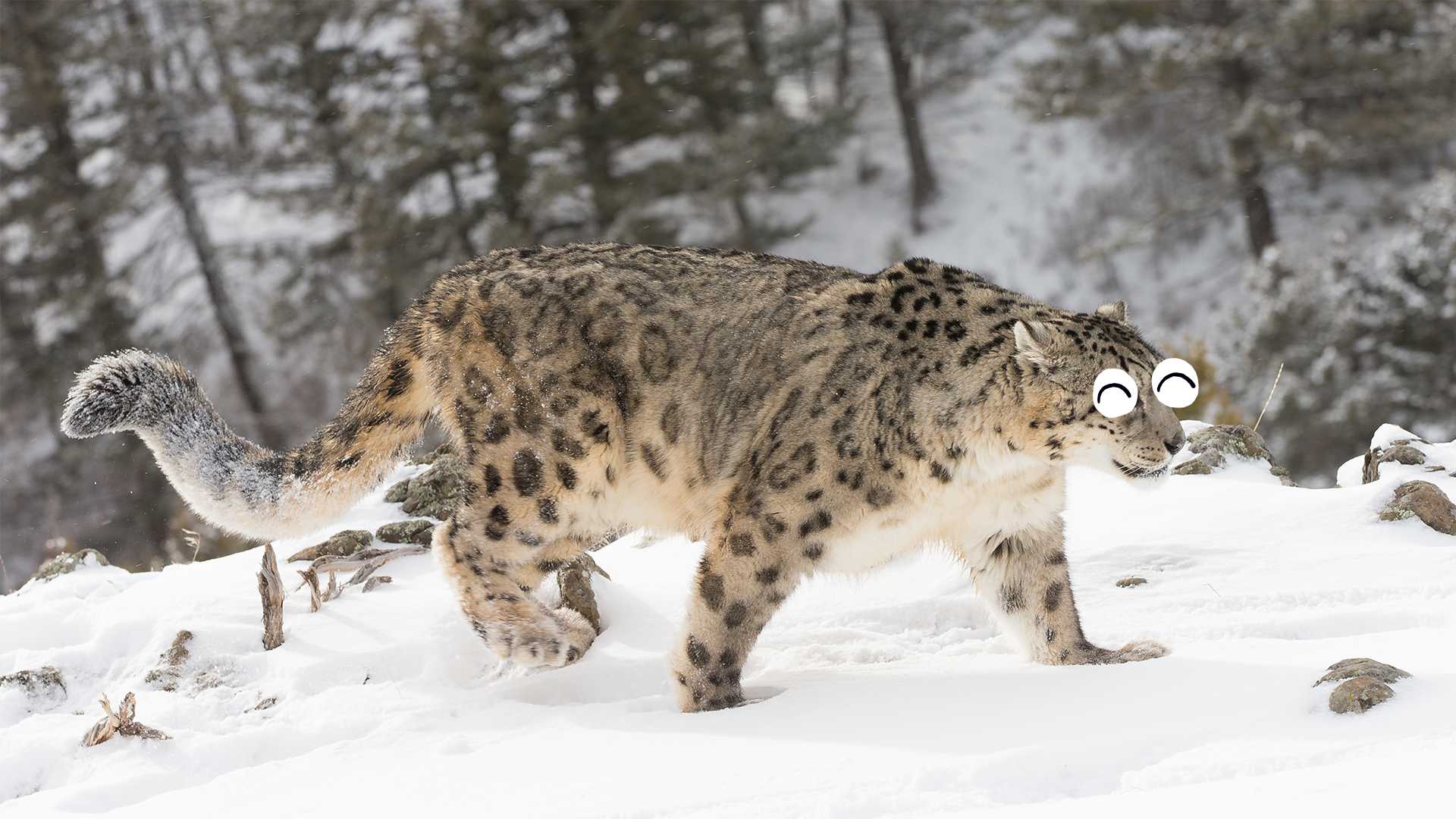
Snow leopards like to roam as they hunt, with the longest recorded distance covered by one snow leopard in a single night being a stunning 27 miles. That’s like doing a maraton every night!
9. They love to savour their food
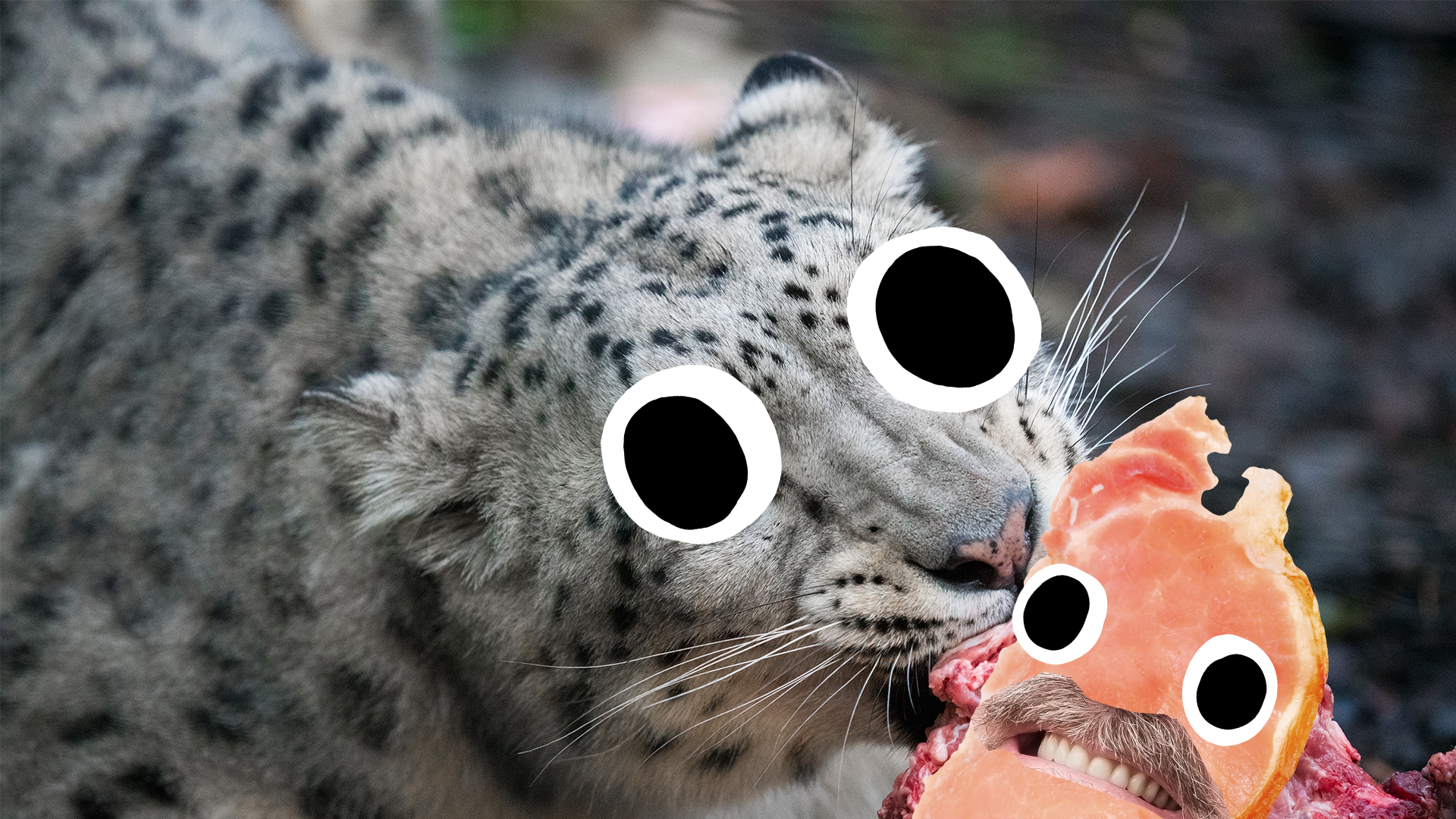
Snow leopards are carnivores, and what they eat depends on their location. Many love to snack on wild sheep and goats, but they will also eat domestic animals like horses and livestock, if they can get them. A snow leopard will hunt a large animal every 8-10 days on average. It takes them 3 or 4 days to eat the animal, and they will hang around it the whole time to defend their meal from smaller scavengers like vultures and ravens.
10. They’re Olympic jumpers!
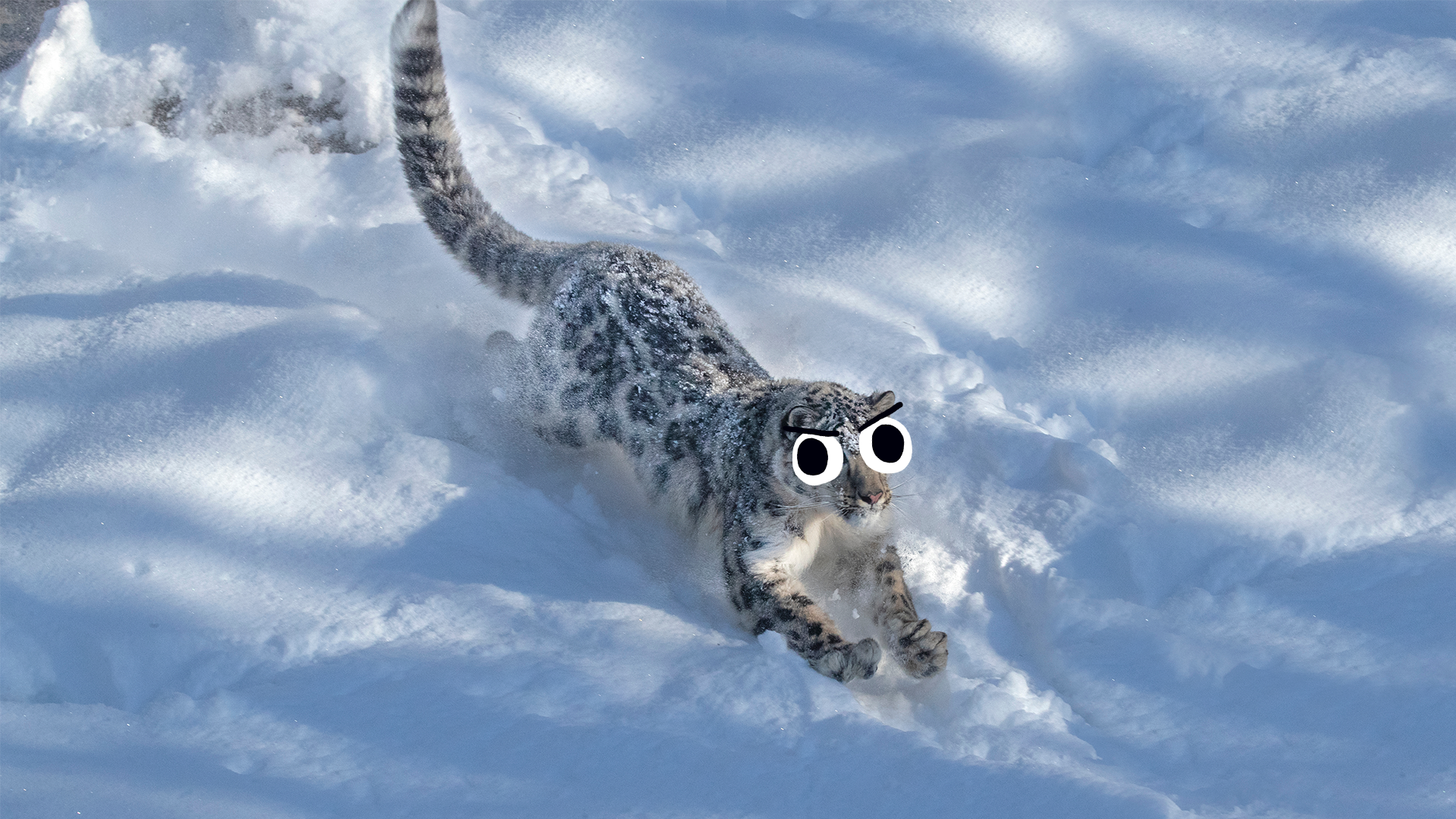
A snow leopard has super-strong legs and can leap as far as 50 feet! They can also jump about 6 metres vertically, so prey couldn’t escape by hiding up a tree!
11. They make lovely nurseries
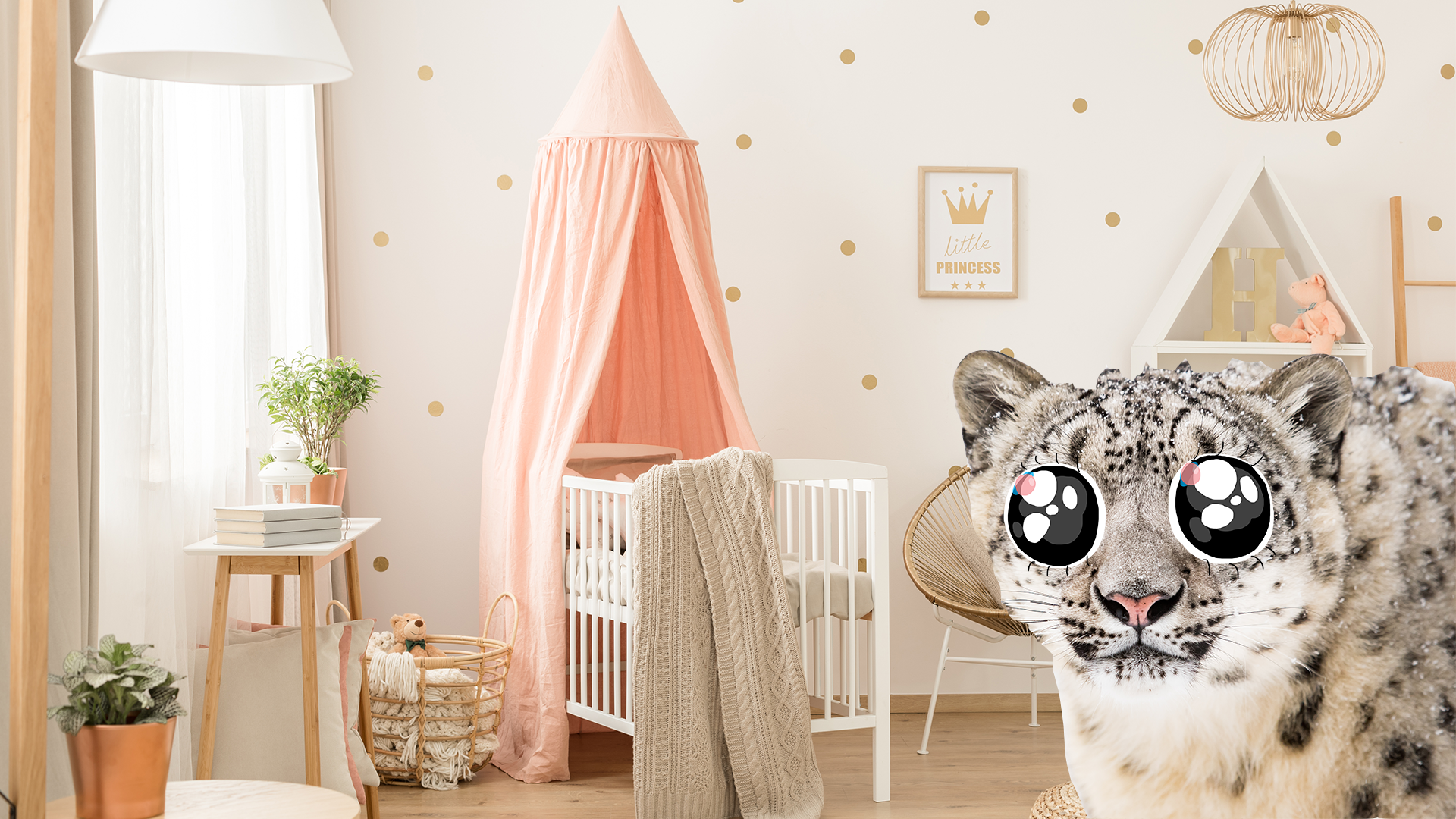
Even though they don’t like hanging out with other snow leopards, mums will make a nice effort to keep their babies cosy in the snow. They will make dens hidden in crevices or caves, and line them with their own fur to keep the cubs warm. Sounds kind of nice!
12. They have very special lungs
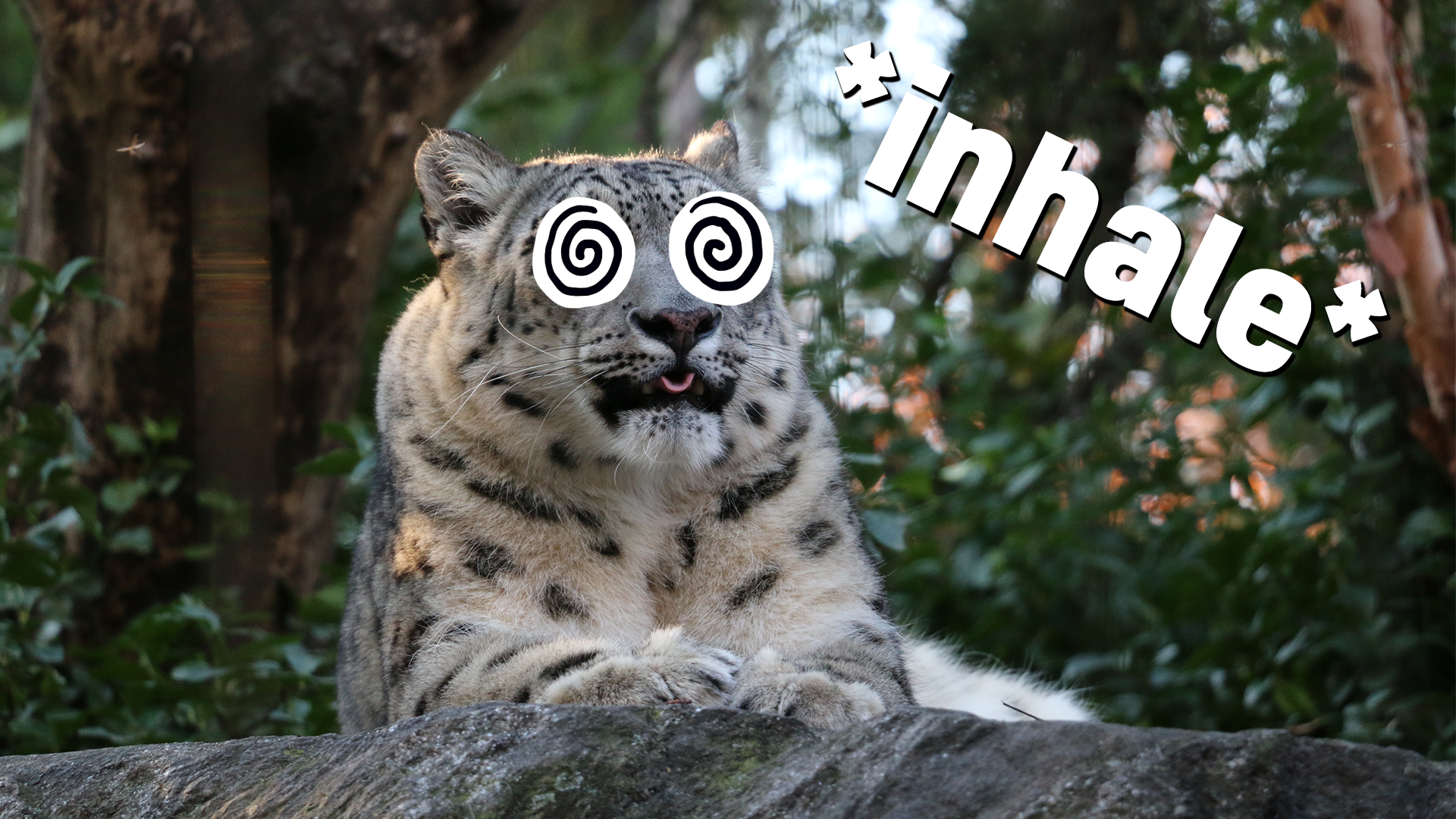
Oxygen is pretty thin the higher you go, and of course the snow leopard always lives very high up. To make up for this they have very large chest cavities and powerful lungs, meaning they can breathe in a lot of air and therefore get as much oxygen as possible in each breath! On top of this, their wide noses help to warm the air when they breathe in, which stops them becoming ill from cold air in their lungs.
13. They’re not that close to leopards
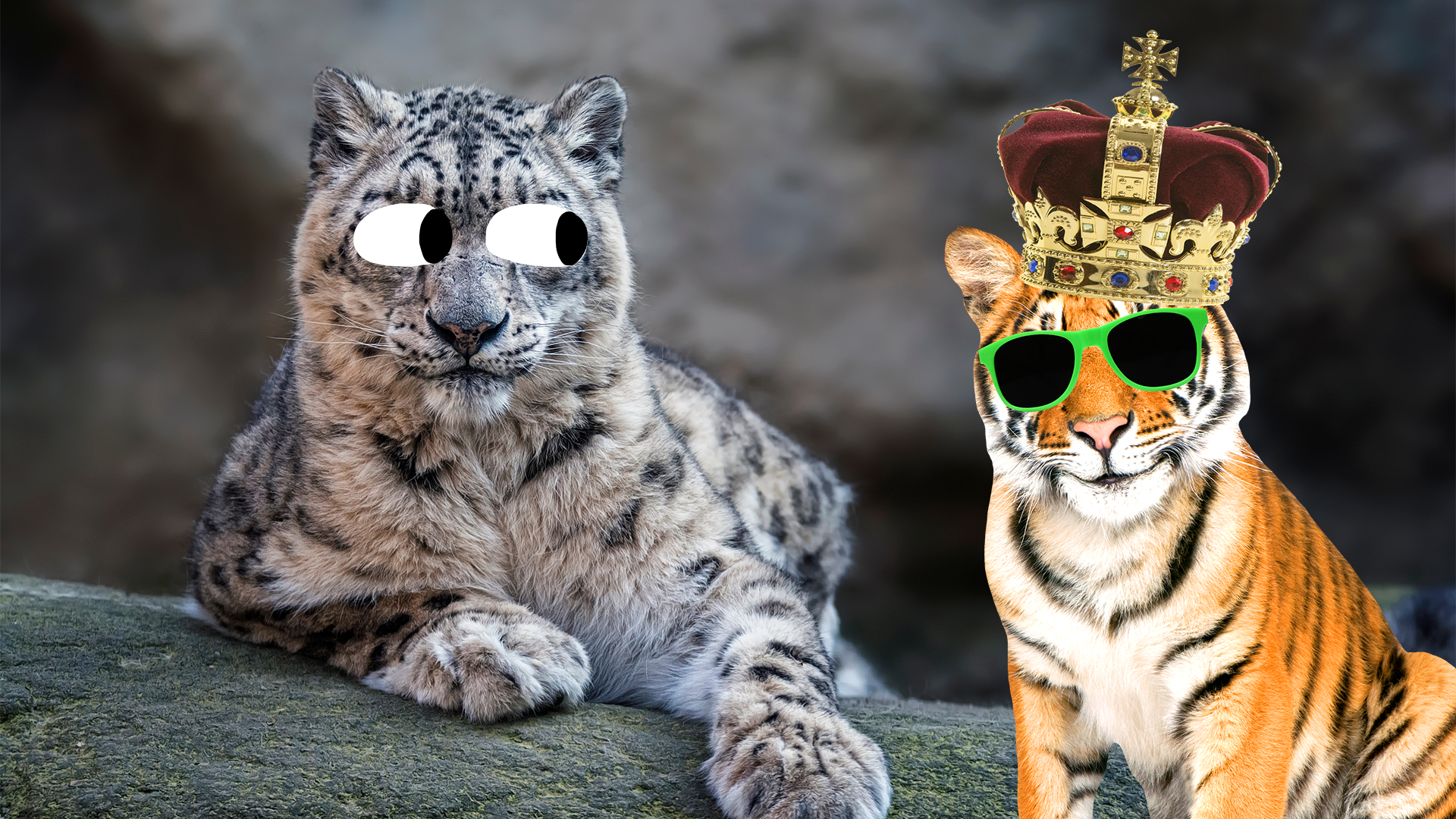
Despite their name, snow leopards aren’t actually leopards – in spite of the spots, they’re more closely related to tigers!
14. There was a fake snow leopard in London in 1823!
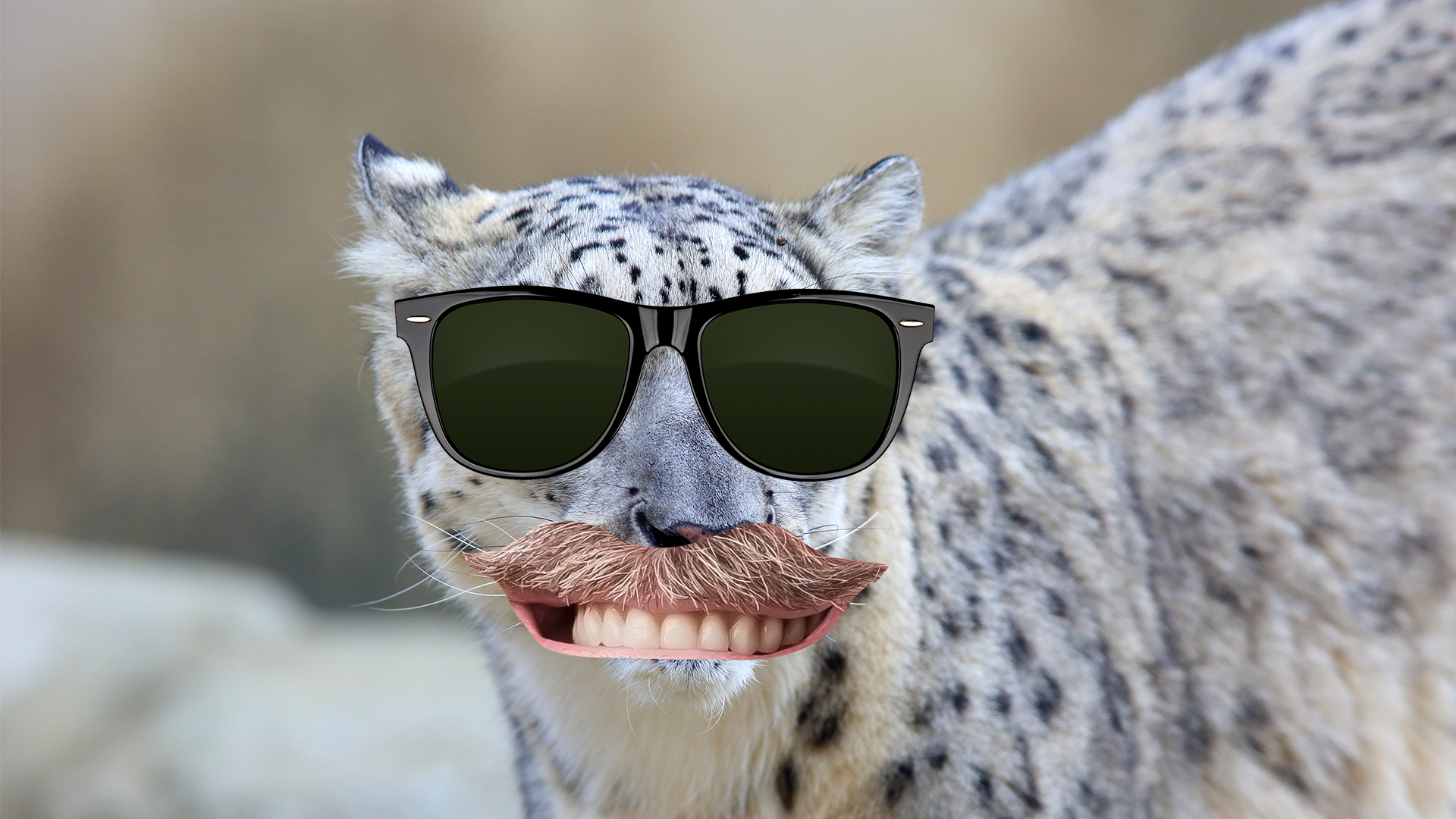
The snow leopard was identified by Western scientists in 1775, and people have been curious about them ever since! In 1823 a snow leopard was said to have been kept in a menagerie (old-fashioned term for a collection of captive animals) in the Tower of London. Modern scientists and historians think that the animal was probably a common leopard. The first real Western exhibition of a snow leopard was in Antwerp, Belgium, in 1851.
15. They’re endangered
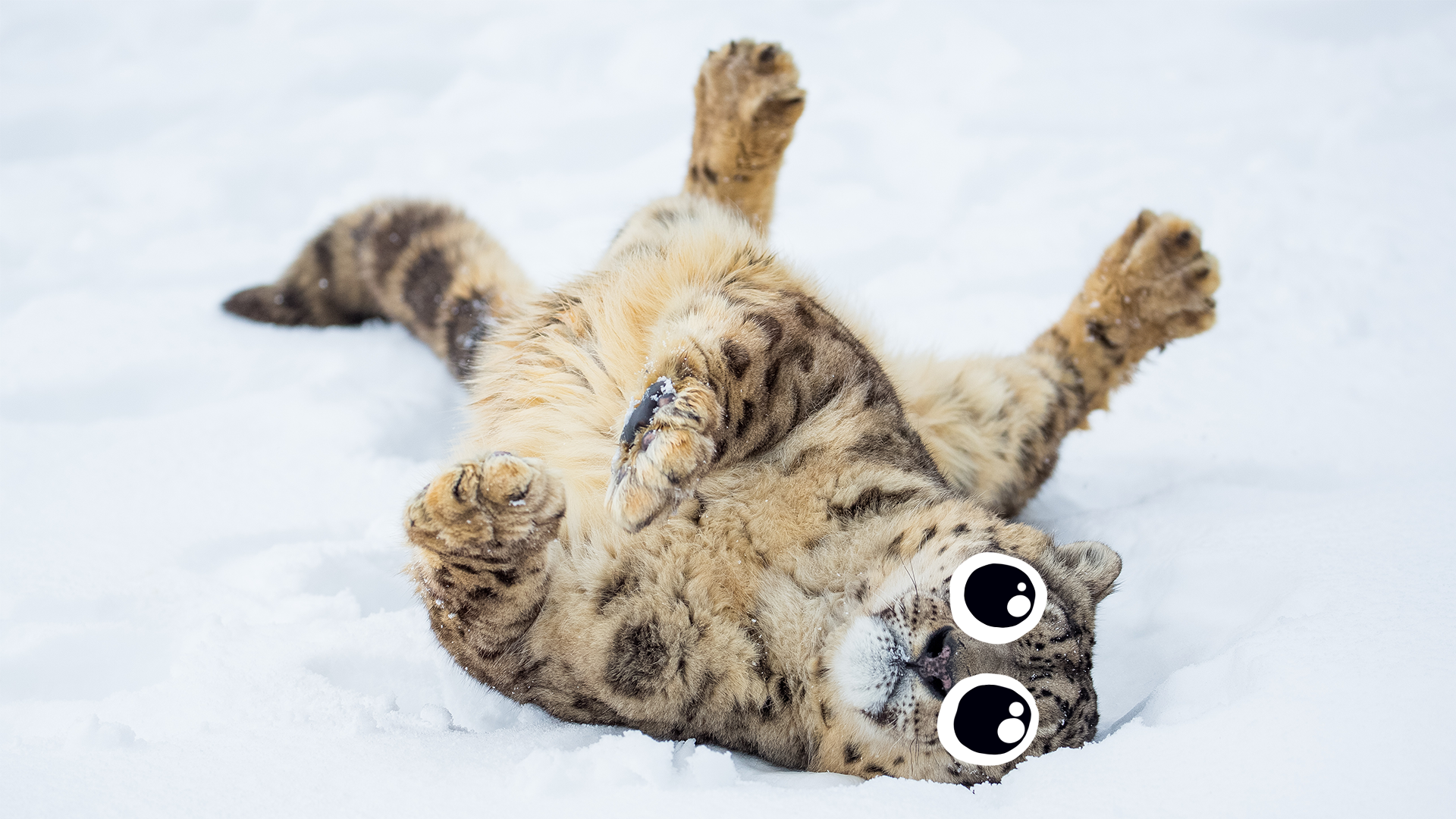
Snow leopards are unfortunately in danger in the wild. Climate change is a cause of this, as warmer weather destroys their habitat and prey, but direct threats from humans are also a big cause. Farmers and herders will kill snow leopards for attacking their livestock, and snow leopards are also frequently hunted and poached for their body parts in traditional medicine as well as their beautiful fur coats. There may be no more than 6,390 in the wild. Top animal charities are working on preserving the snow leopard, and have conservation programs that include working to end poverty for farmers and locals, so that snow leopard attacks on livestock don’t ruin their livelihood. Why not see what you can do to help?















